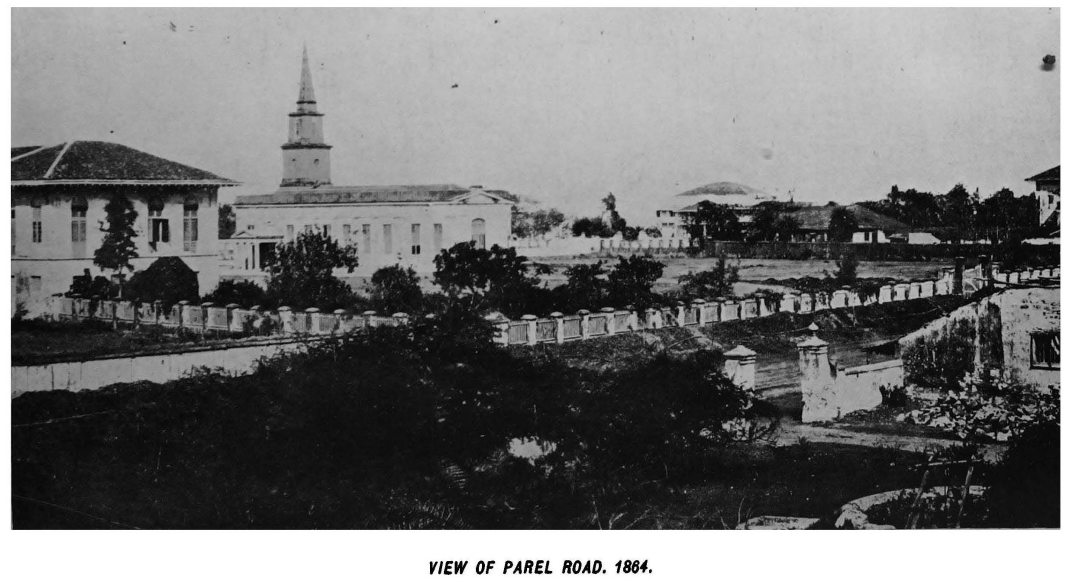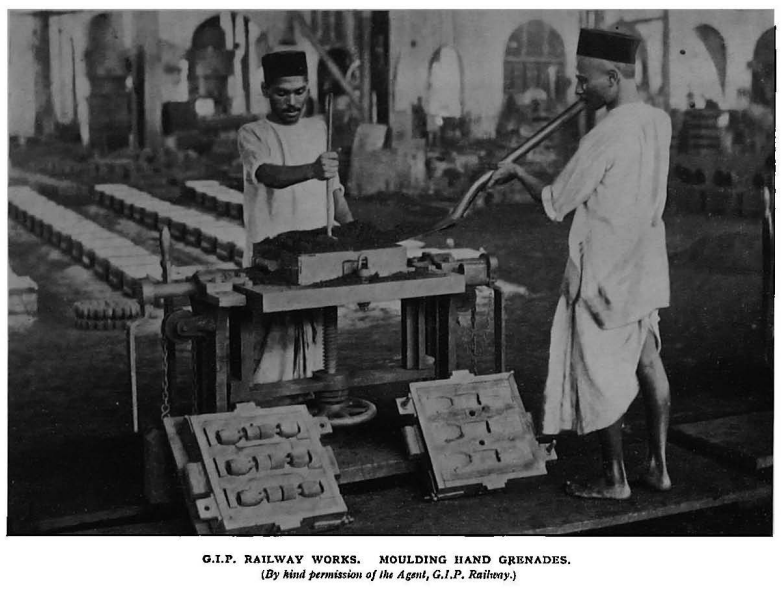Parel: Difference between revisions
No edit summary |
No edit summary |
||
| Line 1: | Line 1: | ||
[[File:1864 Parel Road Gazetteer 1909.png|centre|]] | [[File:1864 Parel Road Gazetteer 1909.png|centre|]] | ||
Parel was one of the seven islands of Bombay | Parel was one of the seven islands of Bombay, during 13th century was part of the Raja Bhimdev Kingdom and later was ceded by the Portugese to the British in the year 1661. At the time of the cession of the islands, Jesuits were the sole possessors of Parel along with Wadala and Sion. | ||
During the period 1770 and 1880 it was the seat of power as the official residence of Bombay's Governor was situated there and was called 'Government House' which earlier housed a Jesuit seminary. A claim also is that the House was built at the site of the old temple of Parli Vaijnath from which Parel village got its name. Post 1880, | During the period 1770 and 1880 it was the seat of British power as the official residence of Bombay's Governor was situated there and was called 'Government House' which earlier housed a Jesuit seminary. A claim also is that the House was built at the site of the old temple of Parli Vaijnath from which Parel village got its name. Another account goes that it gets its name from Padel, marathi for the trumpet flower tree. Post 1880, Governor's residence was shifted to Malabar hill. In 1898, after the outbreak of plague, the House was converted into a plague research laboratory and handed over to Dr Waldemar Mordecal Haffkine and from him got its present name. | ||
[[File:Parel Workshop Moulding Hand Grenades 1925 Hurst.png|centre|]]<br> | [[File:Parel Workshop Moulding Hand Grenades 1925 Hurst.png|centre|]]<br> | ||
Parel Workshop was setup during the period between 1877-79, spread across 43 acres of land. During the First World War the railway workshop was used to manufacture grenades, explosive shells and armoured cars for military. | Parel Workshop was setup during the period between 1877-79, spread across 43 acres of land. During the First World War the railway workshop was used to manufacture grenades, explosive shells and armoured cars for military. | ||
Revision as of 18:10, 1 September 2017

Parel was one of the seven islands of Bombay, during 13th century was part of the Raja Bhimdev Kingdom and later was ceded by the Portugese to the British in the year 1661. At the time of the cession of the islands, Jesuits were the sole possessors of Parel along with Wadala and Sion.
During the period 1770 and 1880 it was the seat of British power as the official residence of Bombay's Governor was situated there and was called 'Government House' which earlier housed a Jesuit seminary. A claim also is that the House was built at the site of the old temple of Parli Vaijnath from which Parel village got its name. Another account goes that it gets its name from Padel, marathi for the trumpet flower tree. Post 1880, Governor's residence was shifted to Malabar hill. In 1898, after the outbreak of plague, the House was converted into a plague research laboratory and handed over to Dr Waldemar Mordecal Haffkine and from him got its present name.

Parel Workshop was setup during the period between 1877-79, spread across 43 acres of land. During the First World War the railway workshop was used to manufacture grenades, explosive shells and armoured cars for military.
The Toka tenure system governed the lands at Parel Village and 'toka' referred to a share of the produce that was to be paid by the cultivators to the rulers. Toka lands were also described as 'Sweet Batty' grounds. The payment used to be in kind and during early 18th century into was converted into a money payment. Kunbis caste members were the ones who engaged in agriculture on these lands. In 1800, the system of payment either in cash or in kind was restored. Then the rate prescribed was Rs 23 per muda (one muda was equal to 25 maunds of rice). (source: The Gazetteer of Bombay City and Island Vol. II, 1909)
